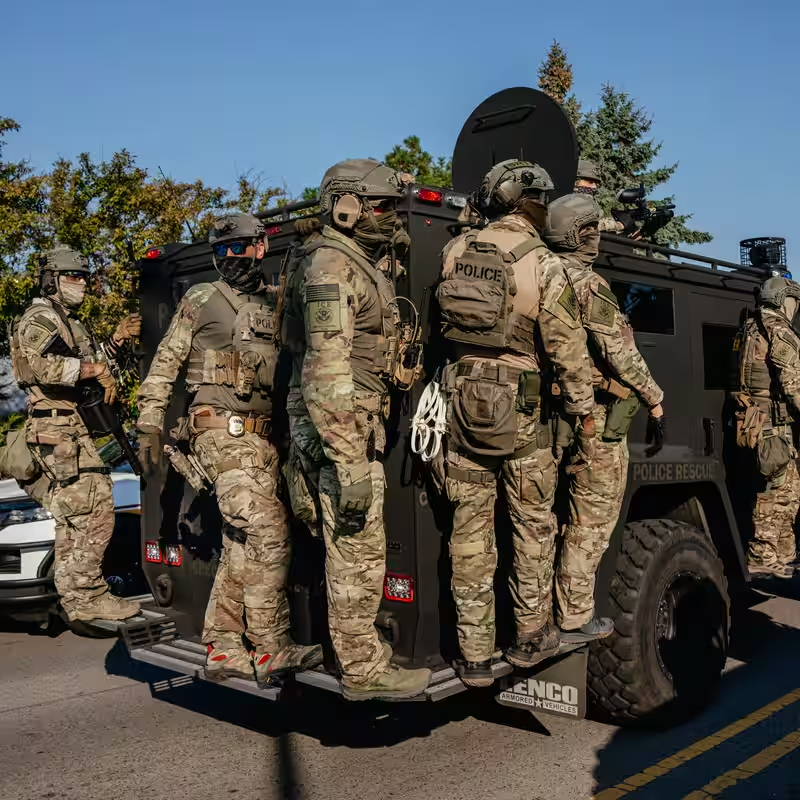Trump Shakes Up ICE Leadership to Accelerate Deportations
In a dramatic move to fulfill President Donald Trump’s aggressive immigration agenda, the administration is planning a major leadership overhaul at U.S. Immigration and Customs Enforcement (ICE). Frustrated by the slow pace of deportations—well behind the president’s goal of over 1 million removals in his first year back in office—White House and Department of Homeland Security (DHS) officials are preparing to replace several senior ICE field office directors across the country.
Why the ICE Shake-Up Is Happening Now
According to three sources familiar with internal discussions, the proposed changes would affect roughly half a dozen regional ICE field office leaders. These offices oversee deportation operations across vast territories—from entire states to multi-state regions like Northern California.
While the plan hasn’t been finalized, it underscores the mounting pressure within the Trump administration to show tangible results on immigration enforcement, a cornerstone of the president’s political platform.
“The president’s entire team is working in lock step to implement the president’s policy agenda, and the tremendous results from securing the border to deporting criminal illegal aliens speak for themselves,” said White House spokeswoman Abigail Jackson, though she declined to confirm personnel changes.
Deportation Numbers: Reality vs. Rhetoric
The DHS claims more than 400,000 people have been deported since Trump returned to office, with a projected total of 600,000 by year’s end. However, these figures include individuals turned away at ports of entry—many of whom never entered U.S. territory—blurring the definition of “deportation.”
Earlier this year, Stephen Miller, Trump’s deputy chief of staff, publicly pushed ICE to hit a target of 3,000 arrests per day. While daily arrests briefly surged past 2,000, they’ve since settled around 1,000—a pace deemed insufficient by the White House.
The Operational Challenge Inside ICE
Unlike broad, high-visibility sweeps, ICE traditionally conducts targeted, intelligence-driven operations—tracking specific individuals over days or weeks. This method, while precise, is time- and resource-intensive.
“There has been so much shuffling of deck chairs—I can’t imagine anyone even having the ability to take on real challenges,” said Claire Trickler-McNulty, a former senior ICE official under the Biden administration, describing a “culture of fear” within the agency.
ICE has already cycled through two acting directors and top deportation officials since January. Morale is low, and operational continuity is fraying.
Budget Boom, But Bottlenecks Remain
Despite the turmoil, ICE’s budget has ballooned to $28 billion under a domestic policy bill signed by Trump earlier this year. The agency now holds more than 60,000 migrants in custody—up dramatically—and has capacity for over 100,000.
Yet arrests lag. In response, U.S. Border Patrol has stepped into the enforcement void, conducting large-scale operations at big-box stores and even an apartment complex in Chicago—tactics more typical of ICE’s traditional role.
What Comes Next?
DHS spokeswoman Tricia McLaughlin insisted the administration remains “focused on delivering results and removing violent criminal illegal aliens.” But when asked about leadership changes, she stated: “There have been no changes, and we have nothing to announce.”
With midterm elections looming and Trump’s base demanding action, the pressure on ICE is unlikely to ease. Whether a leadership shake-up will translate into faster deportations—or deeper dysfunction—remains to be seen.




